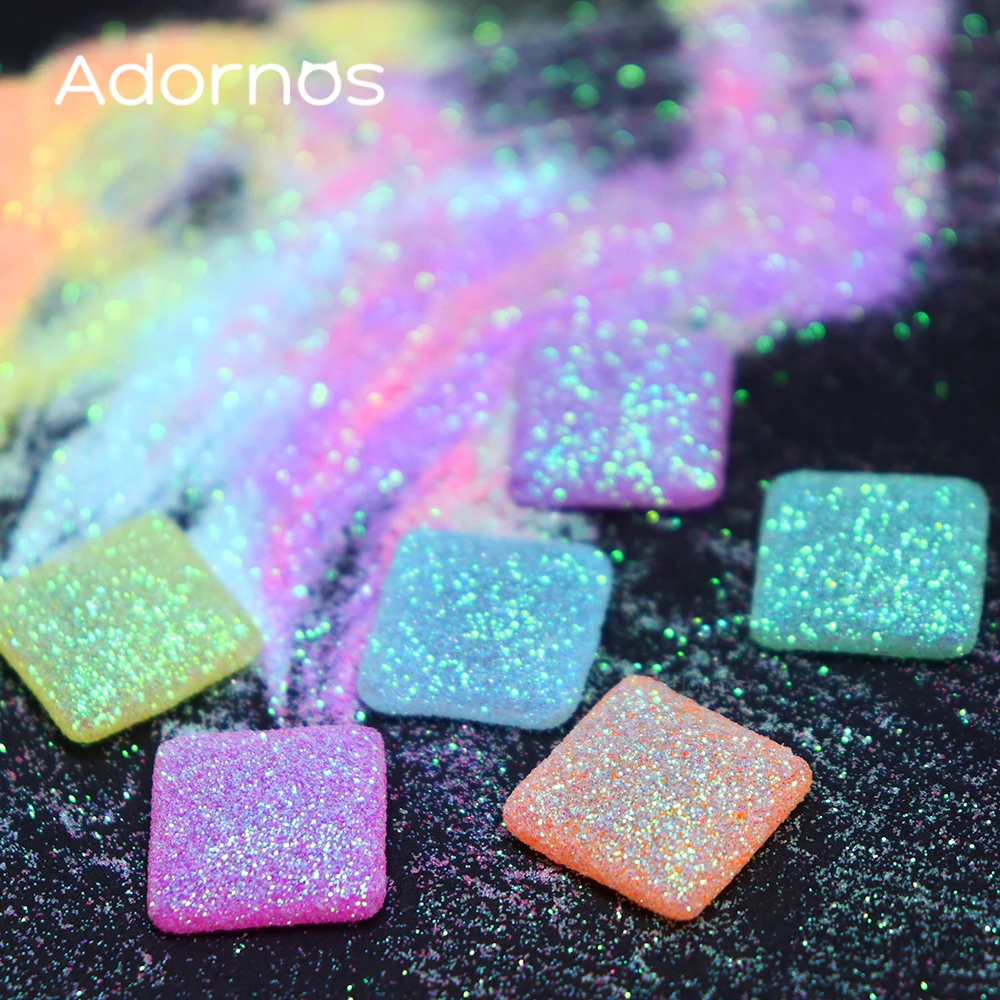Have you ever wondered what truly sets fillers apart from pigments? If you’re dealing with paints, cosmetics, or even industrial coatings, knowing the difference can save you time, money, and frustration.
Both fillers and pigments play important roles, but they affect your products in very different ways. Understanding how each works will help you make smarter choices and achieve better results in your projects. Keep reading, and you’ll discover clear, simple explanations that make these concepts easy to grasp—so you’ll never mix them up again.
Role In Paint And Coatings
Fillers and pigments both serve important roles in paint and coatings. They influence the final product’s appearance and performance. Each has a distinct function that affects how paint looks and behaves.
Understanding their roles helps in choosing the right materials for specific paint applications. This knowledge improves the quality and durability of coatings.
Function Of Pigments In Paint
Pigments give paint its color and opacity. They are tiny particles that do not dissolve but stay suspended in the paint. Pigments block light, creating a solid and vivid color layer on surfaces. They also protect surfaces from UV light and weather damage. Some pigments improve paint’s durability and resistance to fading.
Function Of Fillers In Paint
Fillers add bulk and texture to paint without changing its color much. They improve paint’s thickness and smoothness. Fillers reduce production costs by replacing expensive pigments partially. They enhance paint’s mechanical properties like strength and abrasion resistance. Fillers also help control drying time and improve paint’s application.
Impact On Paint Quality
Pigments directly affect the visual appeal of paint. Rich and consistent colors come from quality pigments. Fillers influence the paint’s feel and coverage. They help paint spread evenly and stick well to surfaces. The right balance of fillers and pigments ensures a strong, attractive coating.
Physical And Chemical Properties
Understanding the physical and chemical properties of fillers and pigments helps clarify their distinct roles. Both are additives used in various industries, but they differ greatly in composition and behavior.
These properties influence how fillers and pigments interact with other materials and affect the final product’s quality and appearance.
Physical Properties
Fillers usually have larger particle sizes than pigments. They are often colorless or white and add bulk to products. Pigments have smaller particles and provide color. Pigments are opaque or semi-transparent, giving vivid or subtle hues.
Fillers improve texture and reduce cost without changing color much. Pigments change the product’s appearance by adding brightness or shade. Fillers often increase density and hardness. Pigments focus on color stability and opacity.
Chemical Properties
Fillers are chemically inert. They do not react easily with other substances. This stability helps maintain product integrity over time. Pigments contain compounds that absorb and reflect light to create color.
Some pigments are organic, derived from carbon-based molecules. Others are inorganic, made from minerals or metals. Pigments can be sensitive to chemicals, light, and heat, affecting their durability.
Fillers do not influence chemical reactions in the product. Pigments may interact with binders or solvents, affecting color fastness and consistency.
Color And Appearance Differences
Color and appearance differences play a key role in understanding fillers and pigments. Both affect how a product looks but serve distinct functions. These differences impact the final color, texture, and brightness of paints, coatings, or plastics.
Fillers usually have little to no color. They are often white or translucent and mainly change the texture or volume. Pigments, on the other hand, provide the actual color. They create vibrant or muted shades depending on their type and concentration.
Color Intensity And Vibrancy
Pigments deliver strong, visible color. They can be bright or deep and define the product’s shade. Fillers do not add color intensity. Instead, they can soften or lighten colors by diluting pigments.
Opacity And Transparency
Pigments are generally opaque. They block light and create solid color layers. Fillers tend to be more transparent or translucent. They allow light to pass through and influence the final product’s clarity.
Effect On Surface Finish
Fillers can smooth or roughen surfaces depending on their size and shape. They influence the texture without changing color. Pigments affect both color and surface look. They can make finishes glossy, matte, or satin.

Credit: www.youtube.com
Durability And Lightfastness
Durability and lightfastness are key factors to consider when choosing between fillers and pigments. These qualities determine how long a material maintains its appearance and strength under exposure to light and wear. Understanding these differences helps in selecting the right component for paints, coatings, and other applications.
Durability Of Fillers
Fillers mainly improve the texture and bulk of a product. They do not add color but support the structure. Fillers are less durable because they can break down or wear away over time. They may absorb moisture or chemicals, which reduces their lifespan. Fillers are not designed to resist harsh conditions.
Durability Of Pigments
Pigments provide color and enhance surface protection. They are generally more durable than fillers. Pigments resist fading and chemical damage better. They help protect surfaces from wear and tear. This makes pigments ideal for long-lasting color applications.
Lightfastness Of Fillers
Fillers usually do not affect lightfastness directly since they lack color. However, their quality impacts overall product stability. Some fillers can degrade under UV light, weakening the material. This can indirectly affect the appearance and durability of the product.
Lightfastness Of Pigments
Pigments are chosen for their strong lightfastness. They resist fading when exposed to sunlight and artificial light. High-quality pigments maintain color vibrancy over time. This property is crucial for outdoor paints and artworks. Poor lightfast pigments fade quickly, losing their visual appeal.
Common Applications And Uses
Fillers and pigments serve distinct roles in various industries. Both improve materials but in different ways. Understanding their common applications helps clarify their unique uses.
Fillers mainly enhance texture and reduce costs. Pigments provide color and opacity. Their applications reflect these core functions.
Common Applications of FillersFillers appear in plastics, paints, and construction materials. They improve strength and reduce shrinkage. In plastics, fillers lower production costs and increase volume.
Paints use fillers to improve texture and durability. In concrete, fillers enhance workability and reduce cracking. Paper production uses fillers to improve brightness and smoothness.
Common Applications of PigmentsPigments are vital in coloring paints, inks, and plastics. They create vibrant, lasting colors. Cosmetics use pigments for consistent and safe coloring.
Textiles rely on pigments for fabric dyeing. Pigments also protect surfaces by blocking UV rays. In the automotive industry, pigments provide durable color finishes.

Credit: www.researchgate.net

Credit: www.aliexpress.com
Frequently Asked Questions
What Is The Function Of Pigment Extenders Or Fillers?
Pigment extenders or fillers improve paint’s texture, durability, and coverage. They reduce cost without altering color significantly. They enhance physical and chemical properties in coatings.
What’s The Difference Between Pigment And Dye?
Dyes dissolve and absorb into materials, coloring from within. Pigments are insoluble particles that sit on surfaces with a binder. Dyes appear vibrant but fade faster. Pigments offer durability, opacity, and better light resistance.
What Is A Definition Of Pigment?
A pigment is an insoluble substance that gives color by sitting on a material’s surface. It provides opacity and durability.
What Do You Use Pigment Paint For?
Pigment paint colors surfaces by suspending insoluble particles in a binder. Use it for painting walls, artwork, plastics, and coatings. It provides durable, opaque, and fade-resistant color to various materials.
What Is The Main Difference Between Filler And Pigment?
Pigments add color, while fillers improve texture and reduce cost without adding color.
How Do Fillers Affect Paint Or Coating Properties?
Fillers increase thickness, durability, and smoothness but do not change the color.
Why Are Pigments Important In Cosmetics And Paints?
Pigments provide the visible color and opacity needed for vibrant and lasting finishes.
Conclusion
Fillers and pigments serve different roles in products like paint and cosmetics. Fillers improve texture and reduce costs without changing color much. Pigments provide color and durability to the surface. Knowing their differences helps you choose the right material for your project.
Both are important for quality and appearance. Understanding these basics makes your work easier and more effective. Simple but key facts to remember.
 Skip to content
Skip to content 